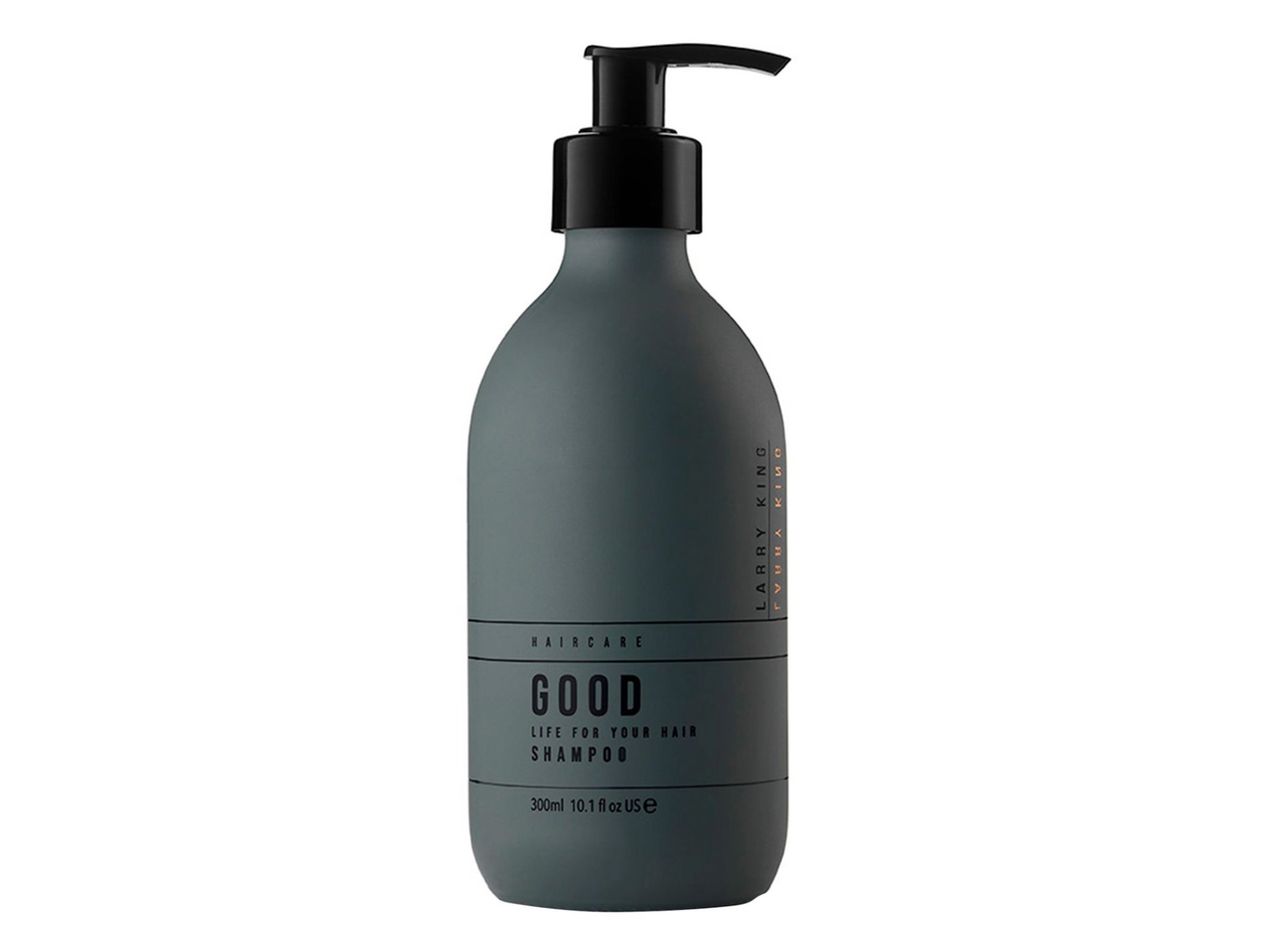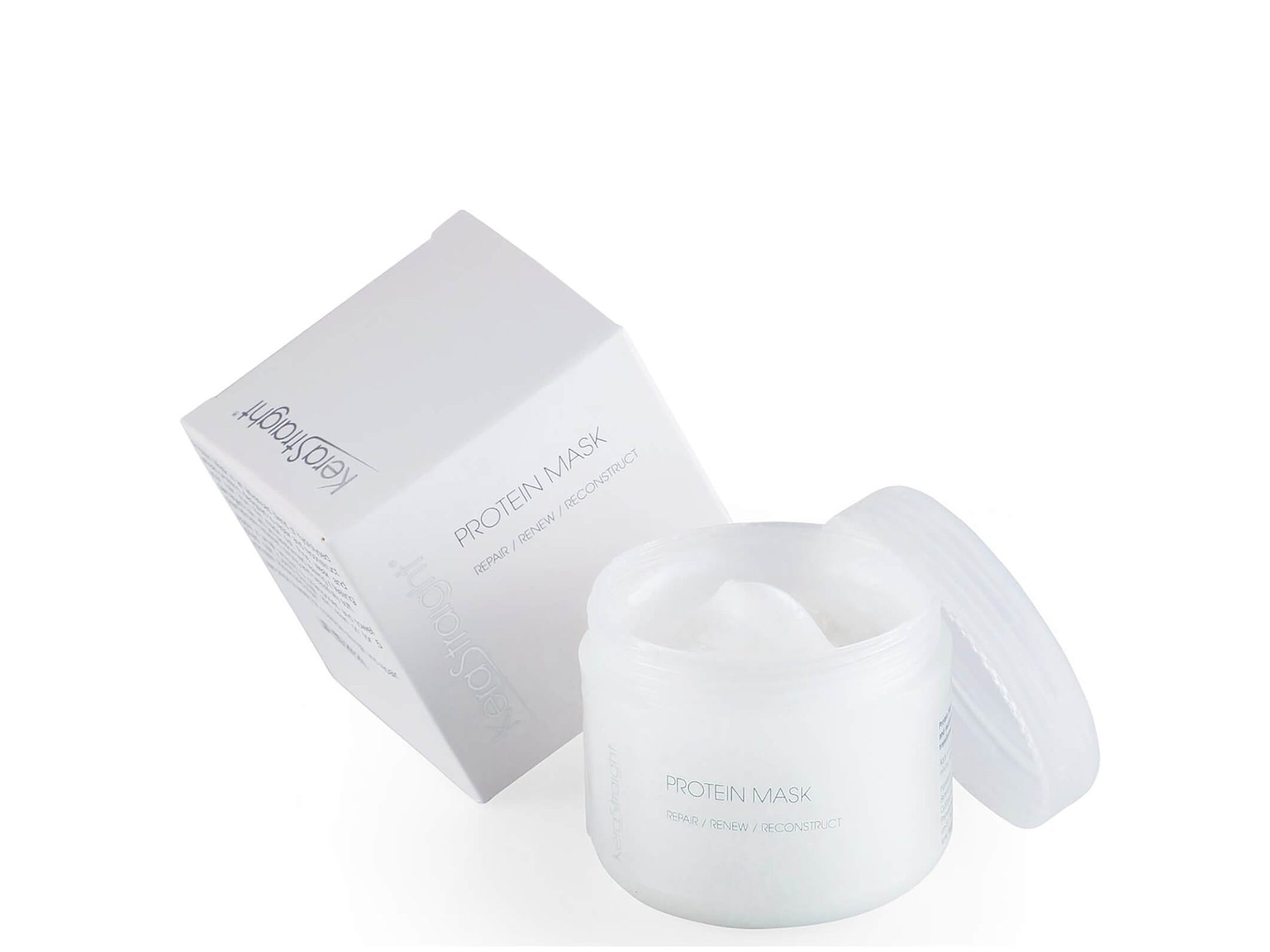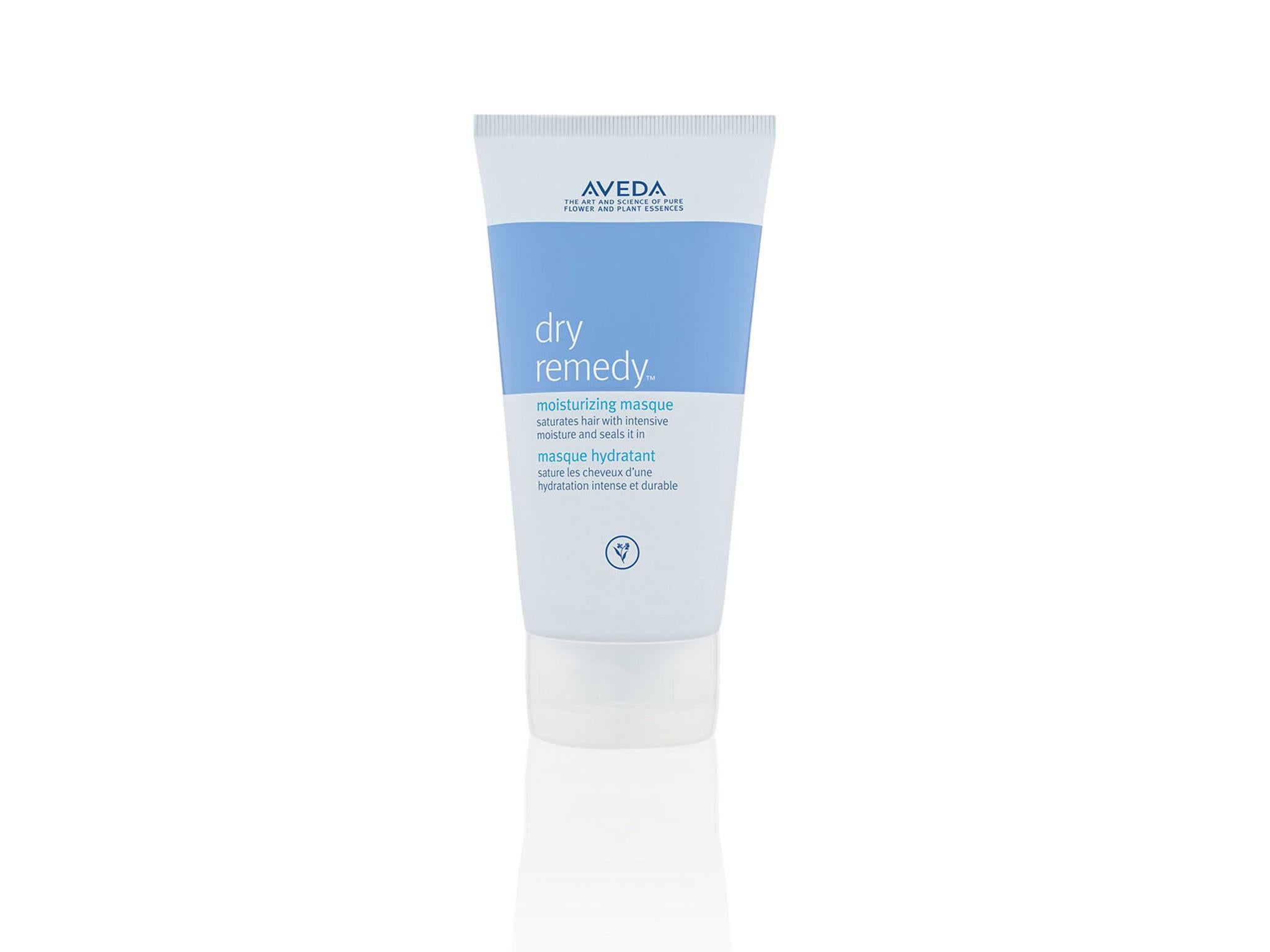The Independent's journalism is supported by our readers. When you purchase through links on our site, we may earn commission. Why trust us?
How to cut split ends during lockdown: The products you need before hairdressers open next month
Snip cautiously, use the correct tools and enjoy weekly treatments to prevent and repair split ends

Your support helps us to tell the story
From reproductive rights to climate change to Big Tech, The Independent is on the ground when the story is developing. Whether it's investigating the financials of Elon Musk's pro-Trump PAC or producing our latest documentary, 'The A Word', which shines a light on the American women fighting for reproductive rights, we know how important it is to parse out the facts from the messaging.
At such a critical moment in US history, we need reporters on the ground. Your donation allows us to keep sending journalists to speak to both sides of the story.
The Independent is trusted by Americans across the entire political spectrum. And unlike many other quality news outlets, we choose not to lock Americans out of our reporting and analysis with paywalls. We believe quality journalism should be available to everyone, paid for by those who can afford it.
Your support makes all the difference.The ongoing lockdown measures have forced the hairdressing industry to come to a halt, as salons remain shut across the UK for the eleventh week running.
Even as the government gradually eases lockdown, salons will not be permitted to reopen until 4 July at the earliest. As Dominic Raab, the first secretary, explained last month: “Obviously the proximity [within salons]... is something where we just don't think we are ready yet, given where we are with the virus”.
As a result, at-home beauty treatments have boomed, with many of us attempting DIY jobs in a bid to maintain our usual beauty routines. These have been particularly popular in the hair department, as we face overgrown roots, greys and highlights, not to mention the cut itself.
John Lewis & Parnters has seen sales of hair clippers and shavers rise by 229 per cent since lockdown began, while hair colour sales at Waitrose are up a 149 per cent year on year, with root touch-up products being the most popular.
Split ends are also a new concern for many, and as the reopening of salons is still a long way off, taking it into your own hands is the only option.
While it’s nobody’s first choice to attempt cutting your own – many hairdressers have advised against it and recommended leaving it to the professionals once possible – it can be done, albeit cautiously.
If you’re getting desperate about your own split ends, read our guide for advice from the experts on everything you need to know before the big chop.
You can trust our independent round-ups. We may earn commission from some of the retailers, but we never allow this to influence selections. This revenue helps us to fund journalism across The Independent.
Firstly, what are split ends and what causes them?
As Anabel Kingsley, consultant trichologist and brand president of Philip Kingsley, explains, split ends are typically when hair splits in two from the ends up. However, they also appear in all different shapes and sizes.
“Hair can split three ways and you can also get splits within a split. You can even have the hair break apart further up the hair shaft, which usually occurs where damage is more severe, and where extreme heat styling has been used,” she says.
It’s also more common in fine hair, Kingsley says, as it is naturally weaker due to it being smaller in diameter. If you have fine hair and find split ends are a constant concern, she explains that your hairbrush could be the culprit. Boar bristle brushes, for example, can tear away sections of the hair shaft.
“In certain cases, diet is to blame. If you don’t eat enough protein, your strands can become brittle, as proteins are the building blocks of your hair,” she says. They can also be caused by chemical treatments, UV exposure and even using the wrong shampoo.
DIY cutting tips
When it comes to tackling your split ends at home, using the right tools is essential to achieving the best results.
Nicholas Hardwick, principal stylist at Josh Wood Colour, told The Independent: “Be sure to use professional scissors as using the bathroom or kitchen scissors will have the same results as when you tried to give your Barbie a fringe. Your hair requires a more refined shear and these can be ordered online inexpensively.”
He advises to always cut your hair when it's washed and de-tangled, then dried smooth and straight where possible.
“Decide which areas you wish to focus on by sectioning. For example, if you are looking to trim your fringe, isolate that area and use clips or a hairband to keep the rest of the hair out of the way.”
Hardwick recommends using a fine-tooth comb and two fingers to direct each section in a downwards motion, then point cut the ends of the hair. Point cutting is a technique where scissors are used to cut hair perpendicularly to texturise and remove bulk from the hair’s ends.
“Please oh please, for the love of Lady GaGa, please do this gradually,” he stresses.
Above all, he explains the best way to avoid any regrets is by not attempting to layer or blunt cut your hair. “Keep DIY trimming to split ends and fringes only.”
The products you need to prevent and repair split ends
There are also at-home treatments you can use to help prevent split ends and reduce expensive trips to the salon – when they open of course.
Beginning with shampoo, the Larry King Good Life shampoo (Cult Beauty, £40) is an expensive but worthwhile investment. Its formula contains a hydrating mix of biotin, green tea extract and vitamin B5, which work together to provide moisture and UV protection while preventing colour fading.

Ryan Forsythe, senior director and head of education at Trevor Sorbie, a hair brand and salon chain, recommends adding a protein mask to your hair regime once a week. “This will help add moisture to your hair but also provides nutrients and antioxidants to repair hair while protecting it from future damage," he says.
Try the Kerastraight protein mask (Look Fantastic, £26.50). It has a blend of moringa leaf and wheat protein to lock in moisture and keep hair healthy. To use, apply to lengths and ends after you have shampooed your hair and leave for five to 20 minutes before rinsing thoroughly.

In our guide to the best hair masks, we were impressed with the Aveda dry remedy moisturising treatment masque (Feel Unique, £27), designed for drier hair types.

Besides using the right products, there are other ways to prevent split ends from occurring. Forsythe advises that we should use lockdown as an opportunity to give your hair a break from styling tools.
“Using heat on your hair with blow-drying and styling causes your hair to become dry and then break. Leave your hair to dry naturally in lockdown, and if you really need to style it with heat, use heat protection."

In our review of heat protecting sprays, the TIGI Bed Head beach bound protection spray (Superdrug, £13.99), topped our list. When sprayed onto damp, towel-dried hair, our tester found that their locks were less frizzy than usual and even held the style for longer. It also smells incredible.
Forsythe also recommends avoiding using elasticated hair bands, and instead opt for soft scrunchies that will be nicer to your hair.